He asked if I thought Kayla would want to do 3 rows or 4 rows. I said 3 rows would probably be good for her. From there we started talking about Kayla having Down syndrome.
Lucas (and Kayla) both know that Kayla has Down syndrome. It's something I've said and talked about with Lucas, but on a very basic level. It's just been "Kayla has Down syndrome and that makes it harder for her to do some things or it takes her longer to do things" type of conversation.
This time I asked Lucas if he knew what having Down syndrome meant. He said, "That she can't see very well?" I'm sure that response had to do with all the talk about her convergence insufficiency and going to vision therapy.
I told him that probably didn't have anything to do with Down syndrome. Having Down syndrome had to do with chromosomes.
I explained that everyone has chromosomes in their bodies. When babies are being created they usually get 1 from their mom and 1 from their dad. I brought a finger from each of my hands together showing how they come together to form a pair of chromosomes. I said that was "chromosome #1 from the mom and dad" and did that a few more times with #2 and so on telling him that eventually there will be 23 pairs of chromosomes.
"But sometimes some people, like Kayla, will get two chromosomes from their mom or dad (I held up 2 fingers from one hand) and still get 1 chromosome from their mom or dad (and brought the finger of my other hand together to meet the 2 other fingers) and now they have 3 chromosomes."
Lucas, "Oh! So ALL people with Down syndrome have THREE chromosomes!"
(Well, that was easy!)
"Yep! And see what happens when I have 3 chromosomes? It's an extra chromosome. So Kayla has an extra chromosome and sometimes having something extra is like having too much of something. So she has this extra all in her body and extra material in her brain. Having this extra material in her brain means there is so much info in there that it takes her longer to process things that seem easy for you. Like these math problems. You can do this one problem and that's all your brain sees, but when Kayla's brain sees this one problem it's like seeing ALL the problems on the page at once and her brain has to process all that information."
Then he surprised me by saying he had a couple of ideas on what to do with that math sheet to make it easier for her. He put his hands on the paper and tried to cover the other problems so only 1 was showing. Then he said that probably wouldn't work because he wasn't able to cover all the problems; but his other idea might work. He said we could just cut out one problem so Kayla would only see 1 problem to work on. Wow, he's finding ways to make accommodations already, and I'm impressed at how insightful he is.
I asked him if he wanted to see a picture of Kayla's chromosomes. Of course that interested him and he asked how we got a picture of her chromosomes. So I started to explain that the doctor drew blood and then they look at it with a microscope to see the chromosomes.
Then he asked, "So then can they just take the extra chromosome out of her body?"
I tried to explain that taking her blood wasn't taking the extra chromosome out and he asked, "How do they keep it inside of her body then? How does it not come out?"
I realized I needed to explain that we have a billion cells in our body and those cells have the chromosomes so they are all throughout our body. When they take blood they can see just a small sampling of what is in our bodies so they could see the chromosomes that were in that sample of blood, but her body was still full of all the chromosomes throughout the rest of her body.
He seemed to be satisfied with that answer and I think now he has a slightly better understanding about Kayla and Down syndrome.



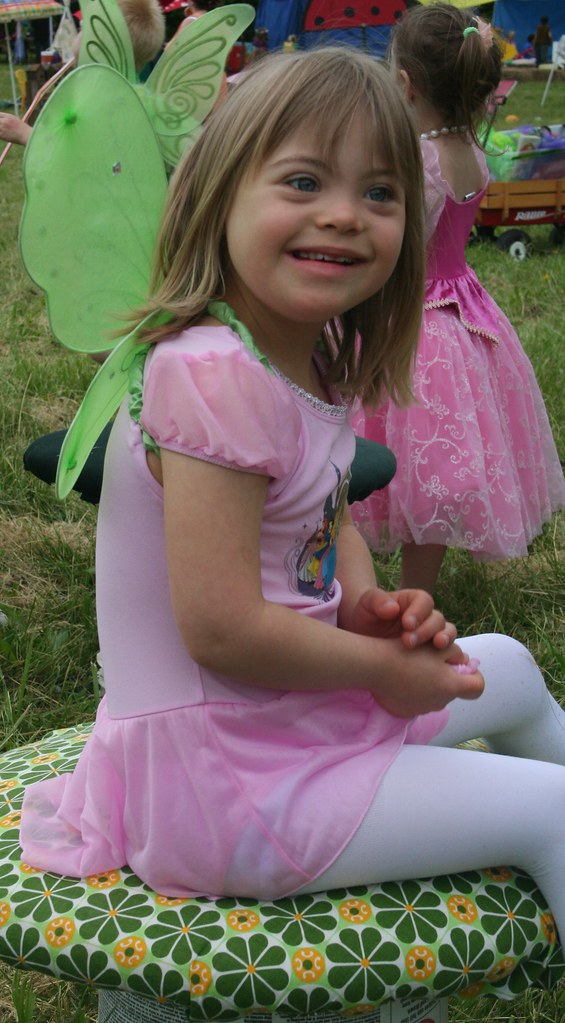

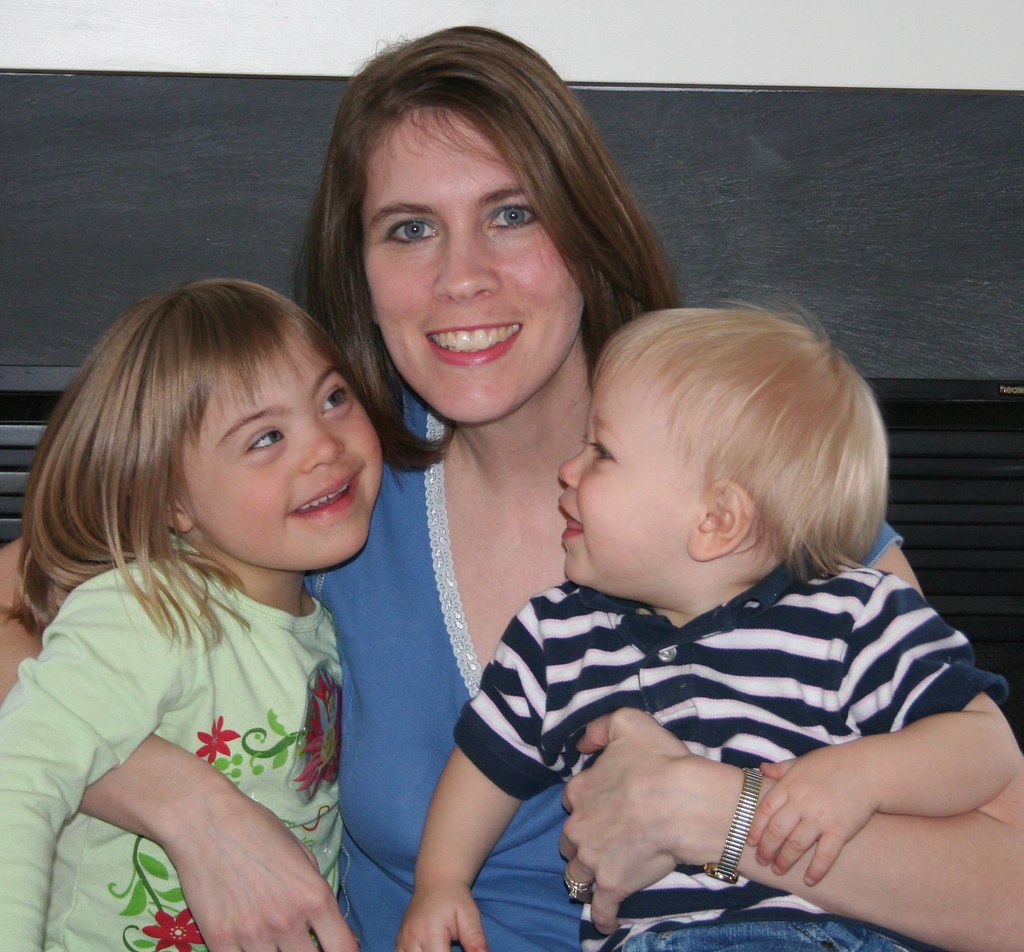
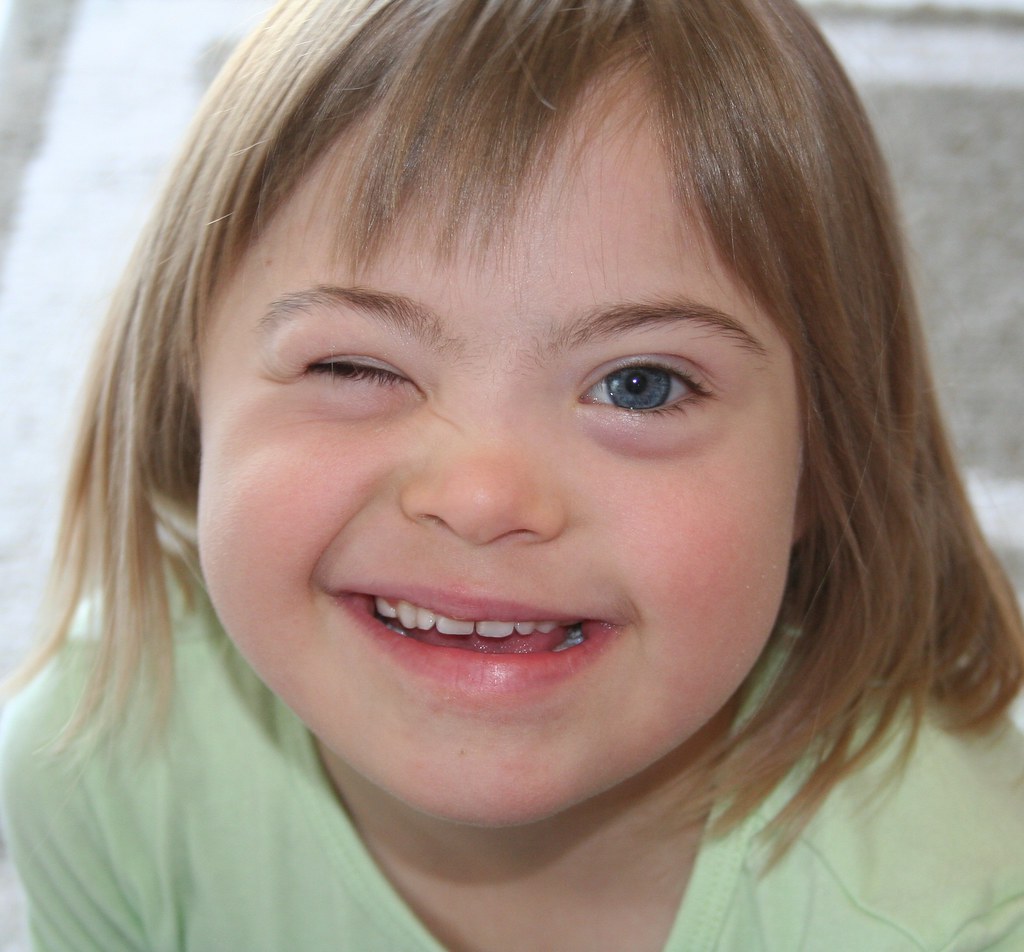
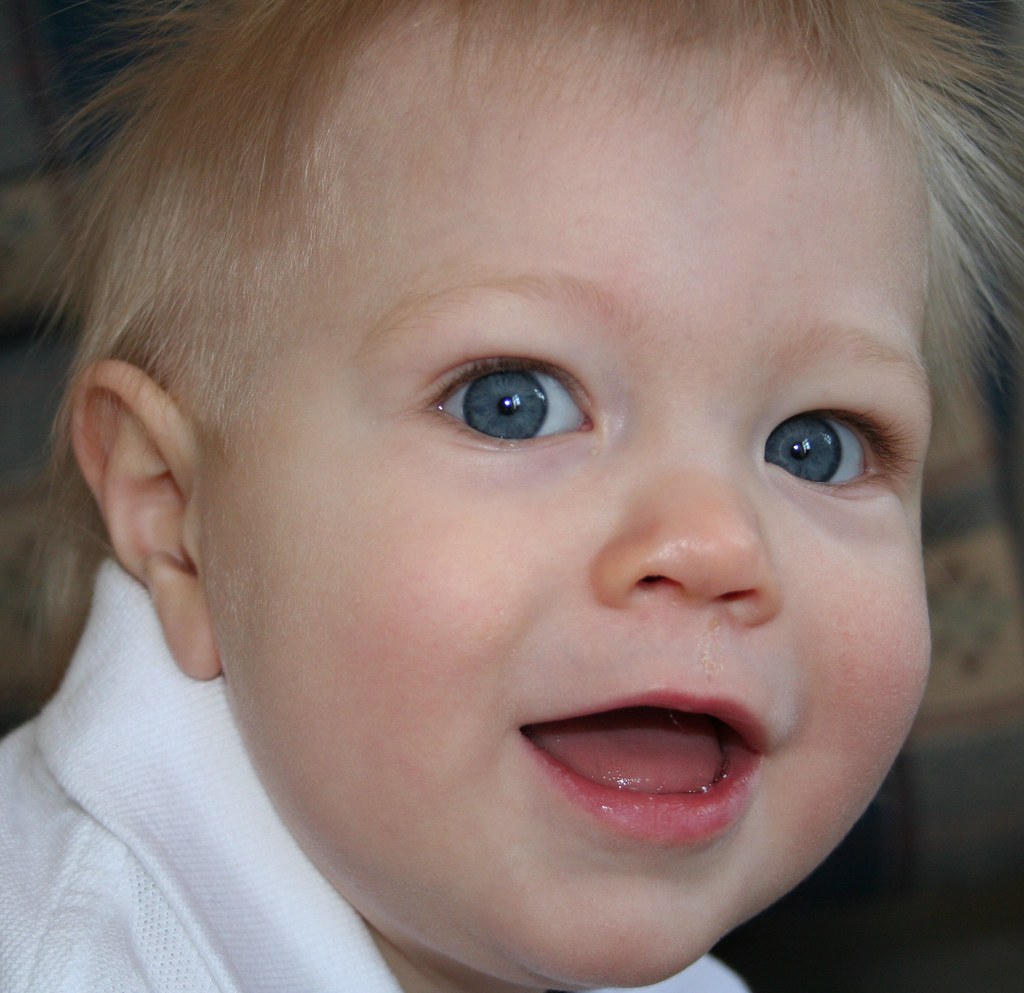
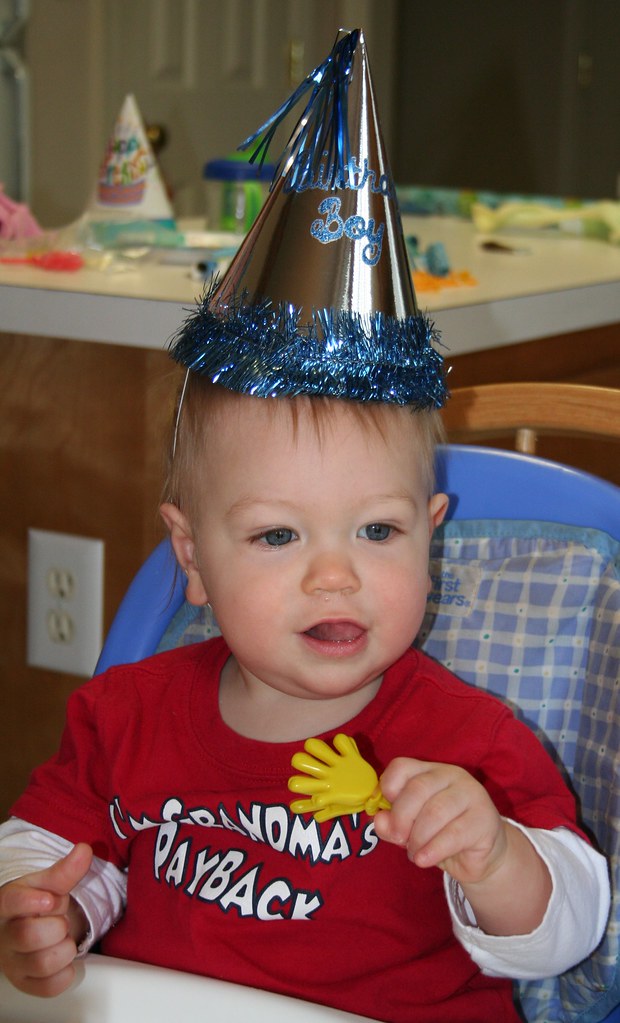
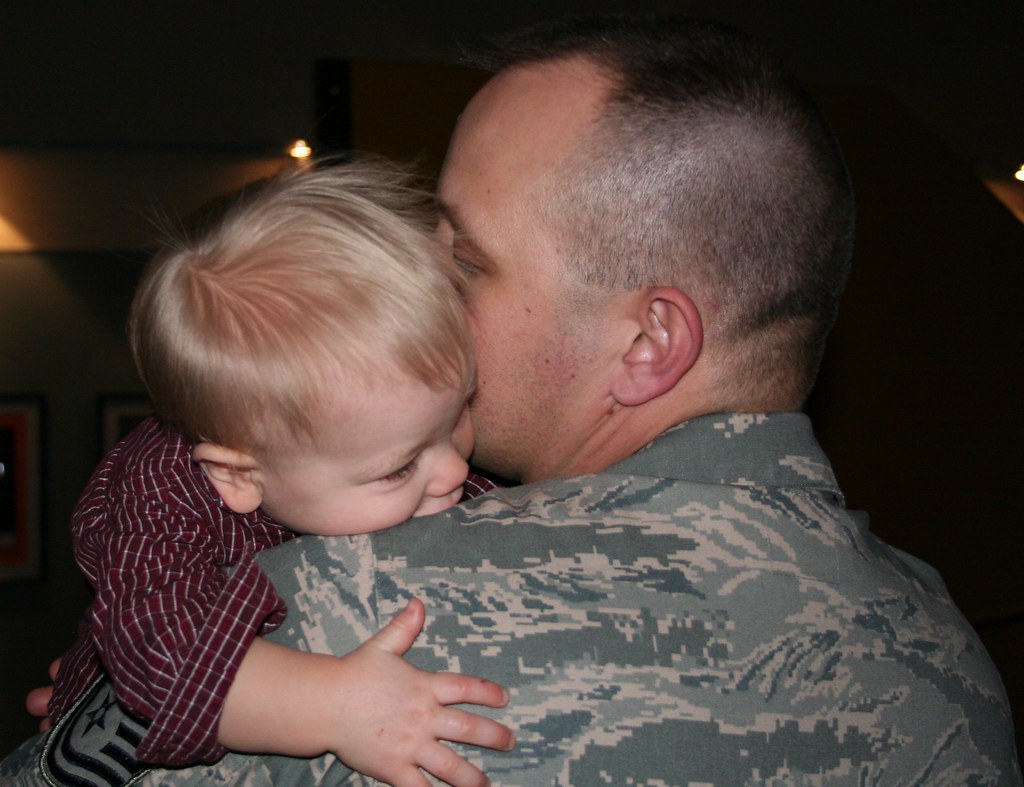
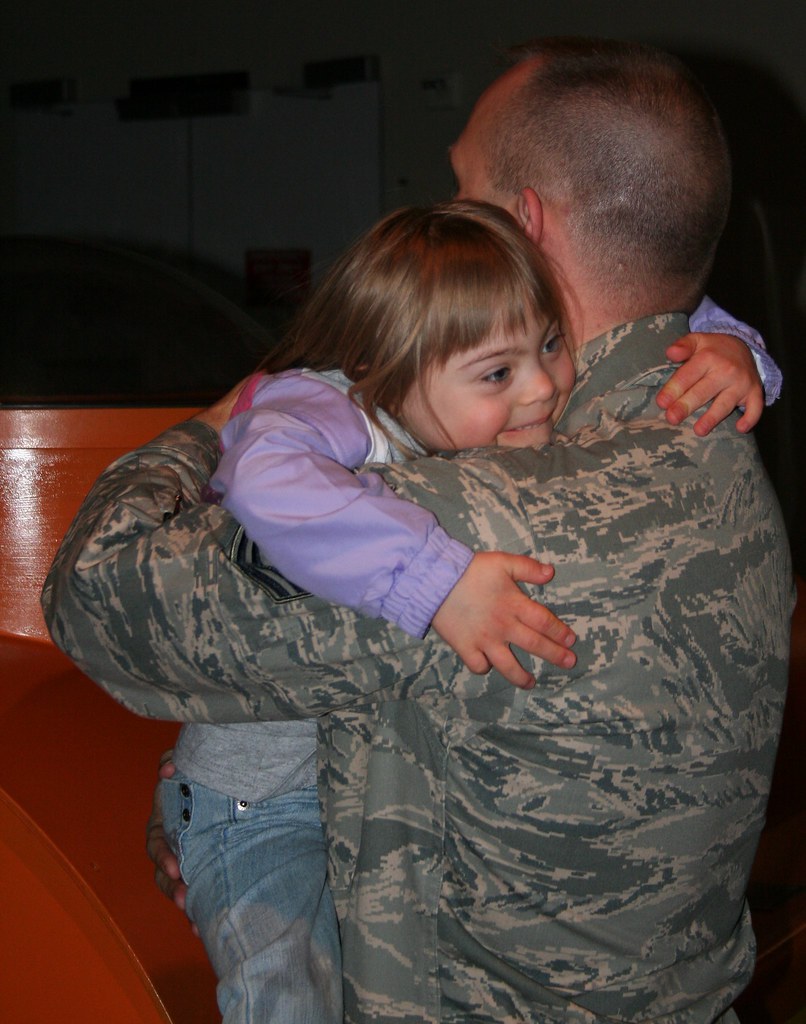
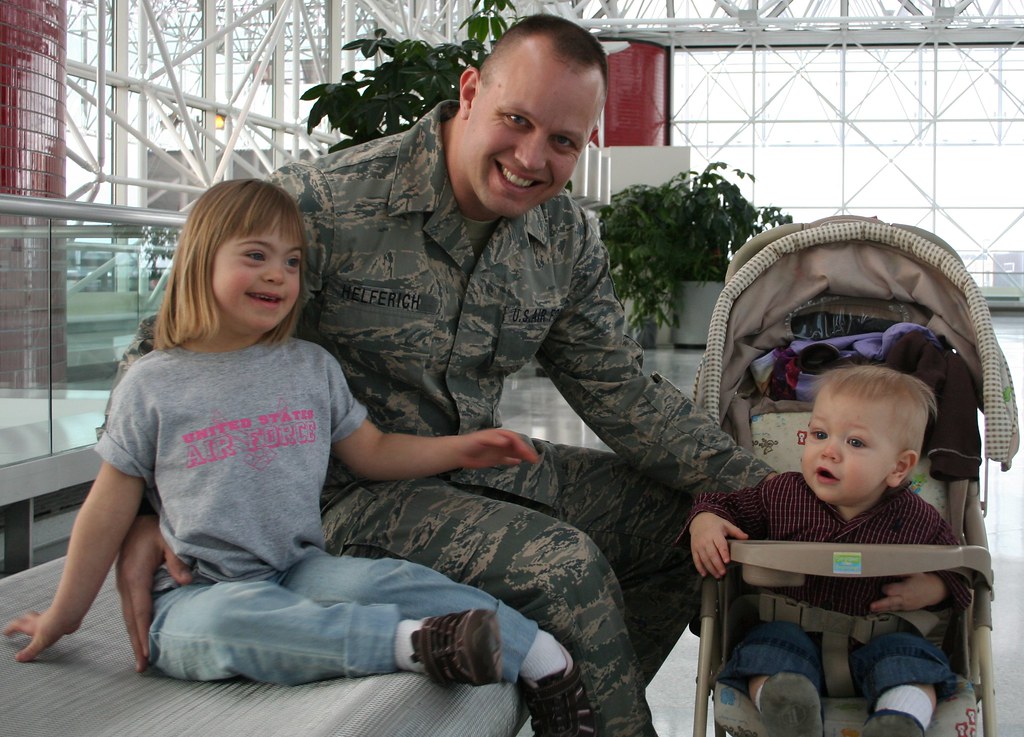
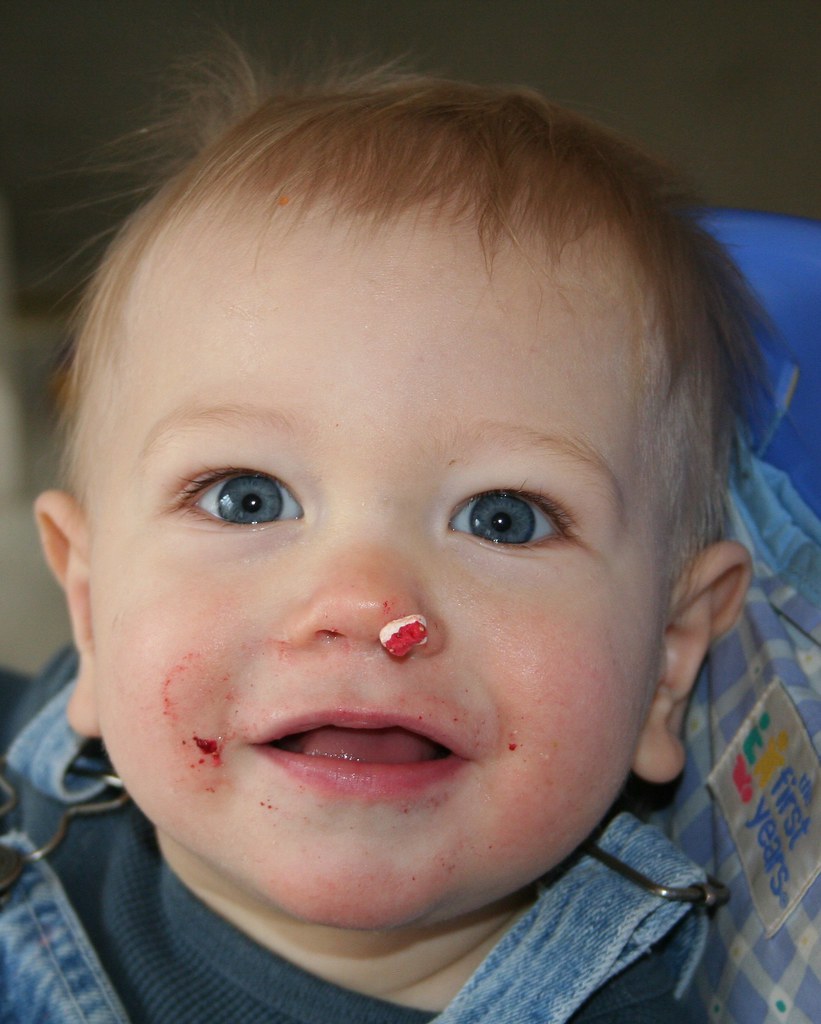
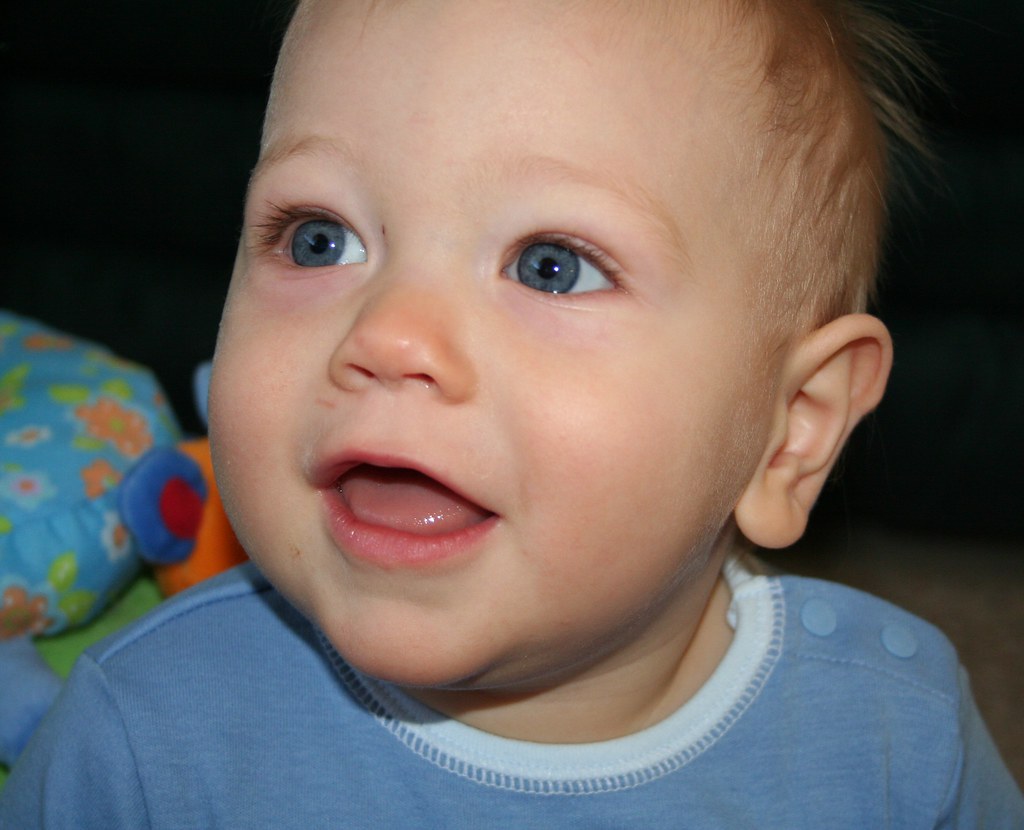
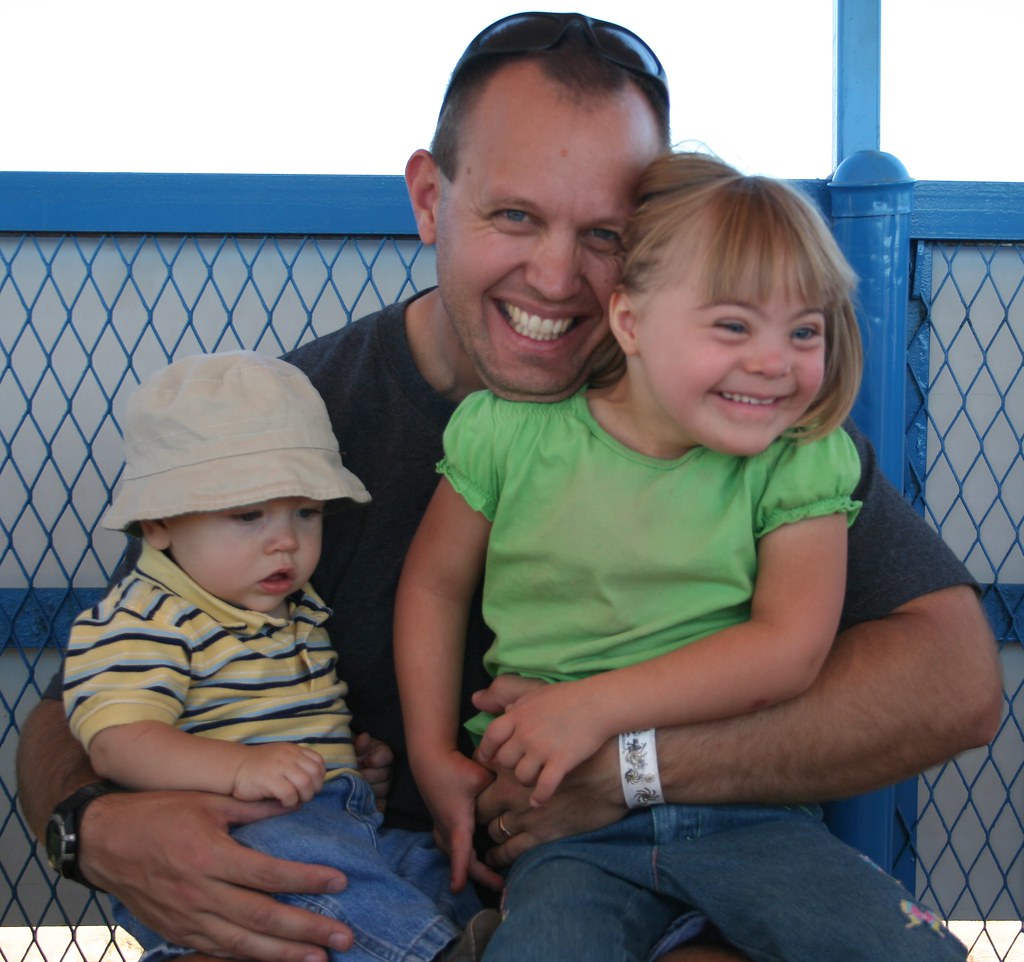
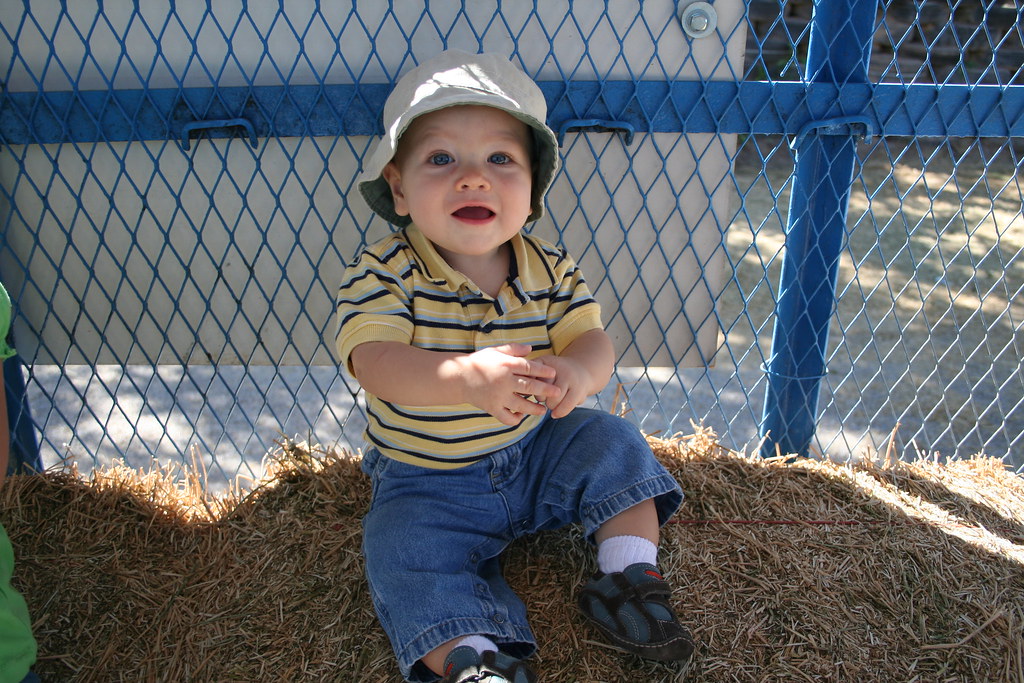
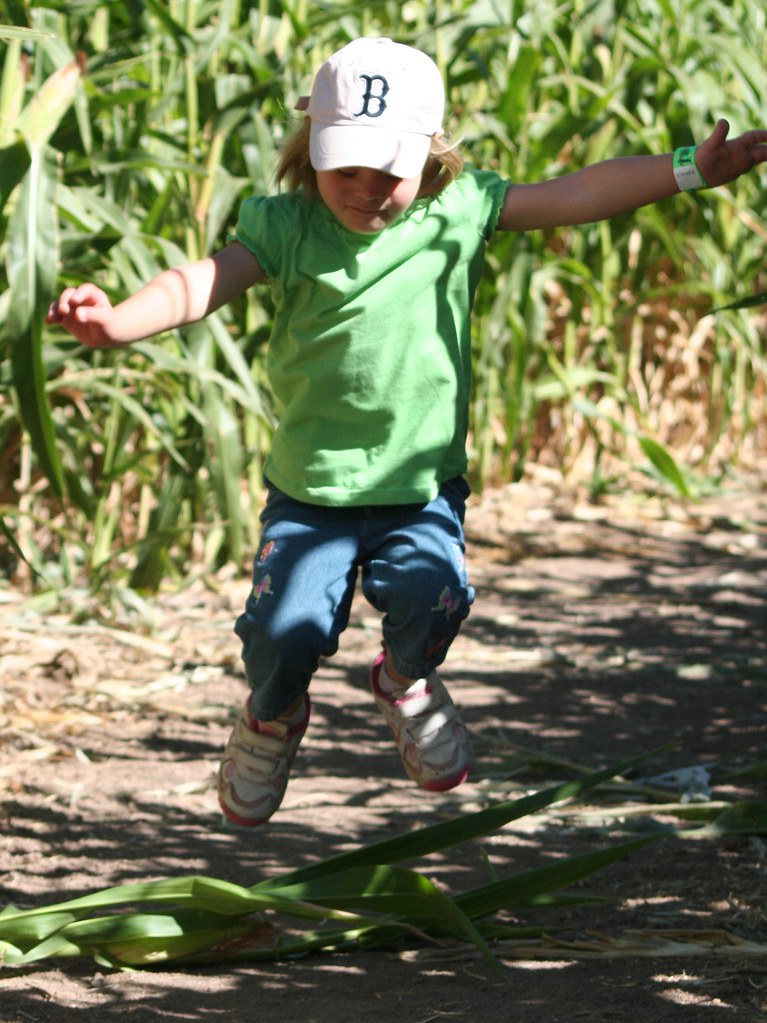
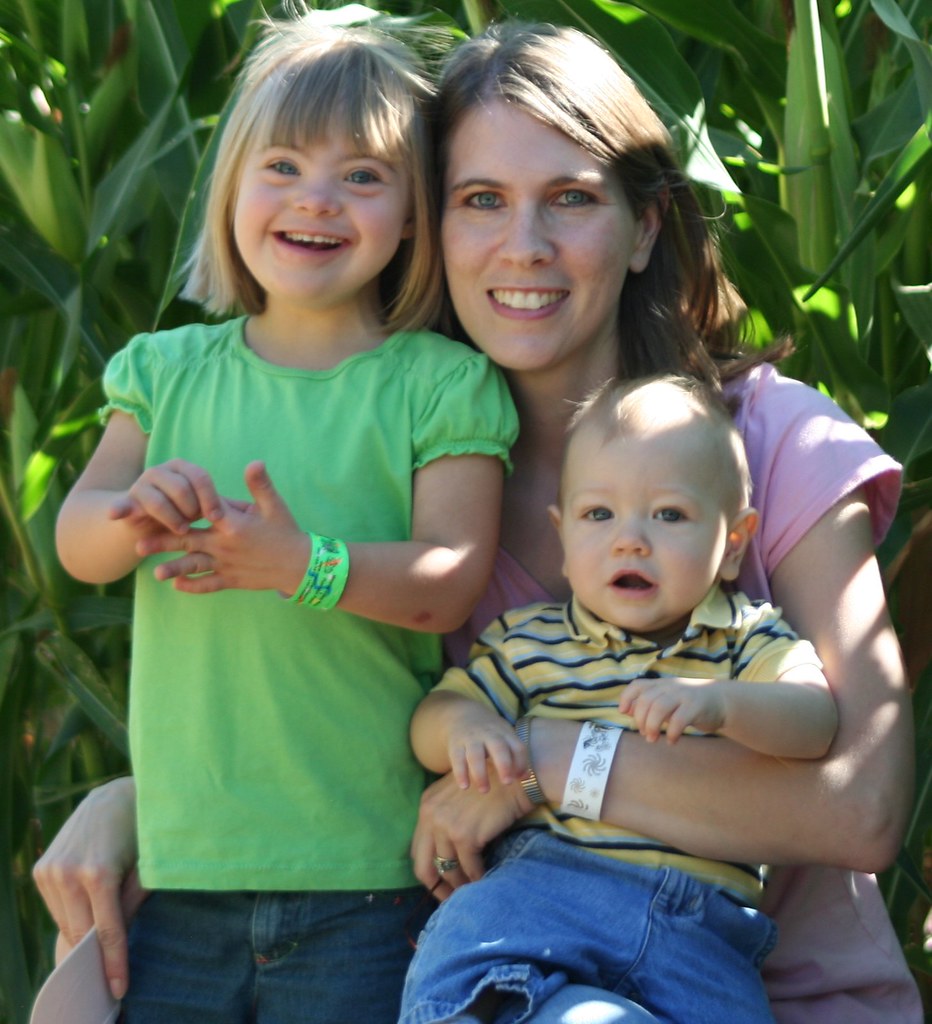
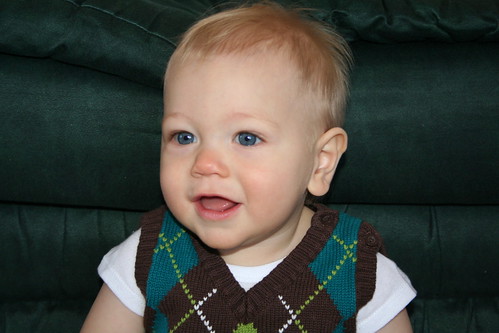
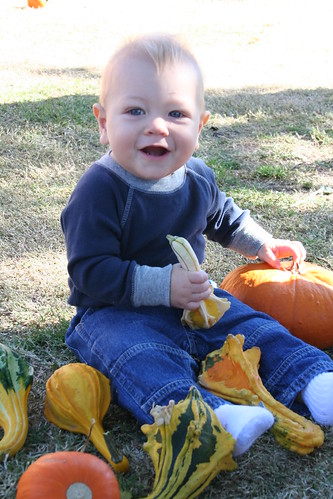
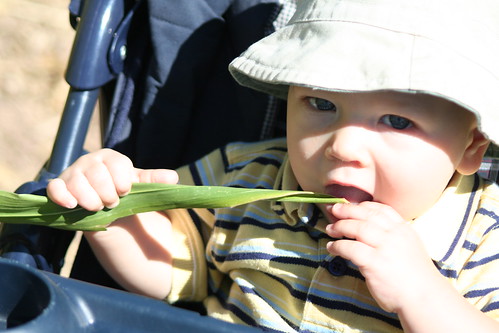
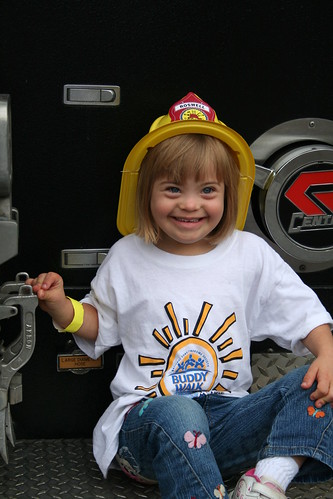
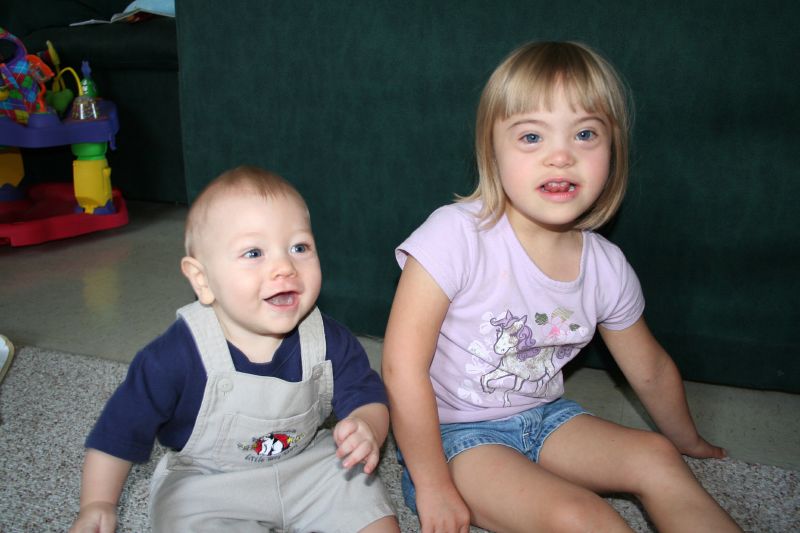
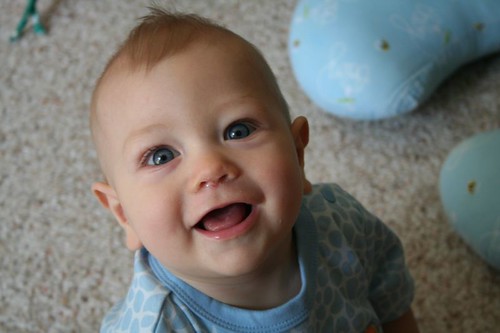
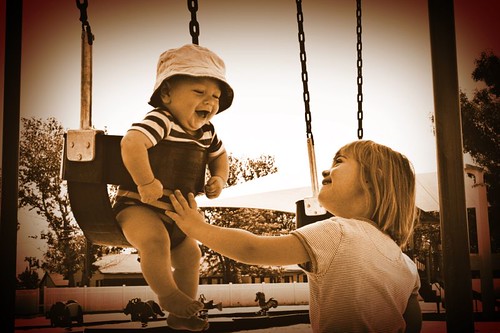
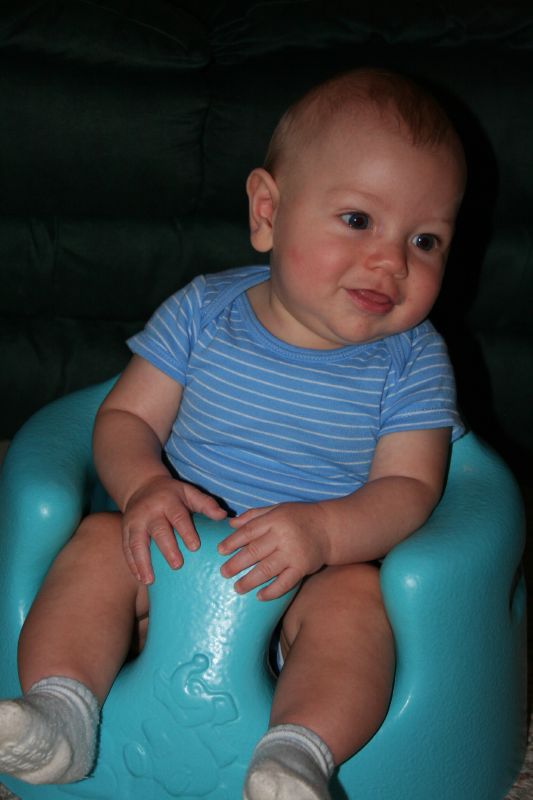
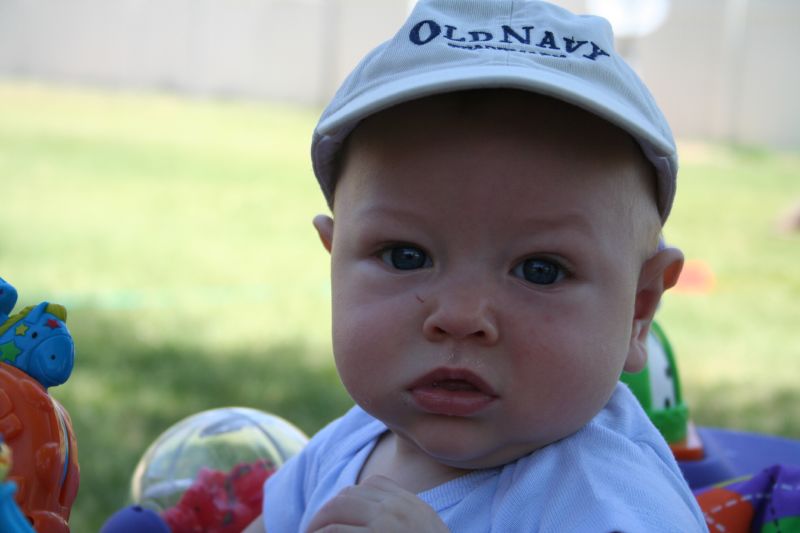
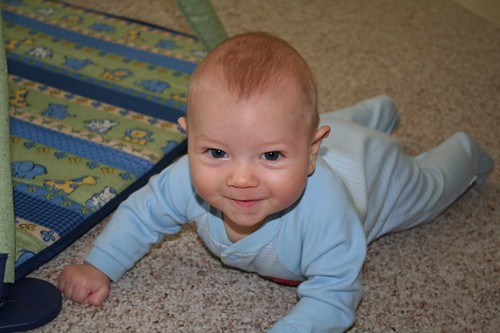
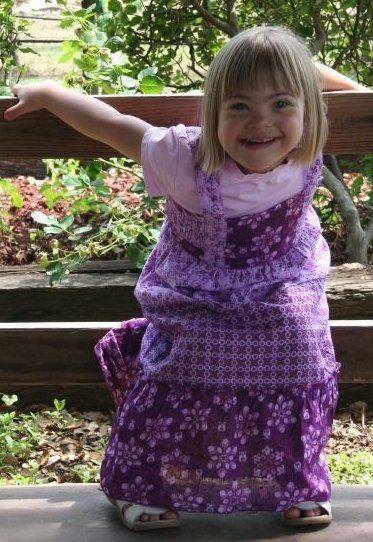
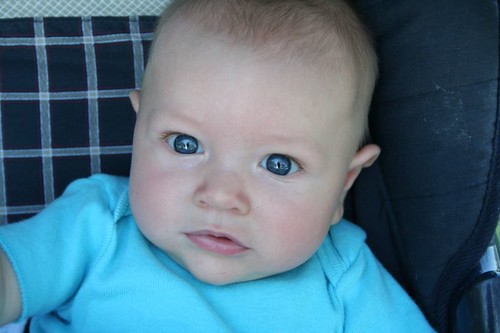
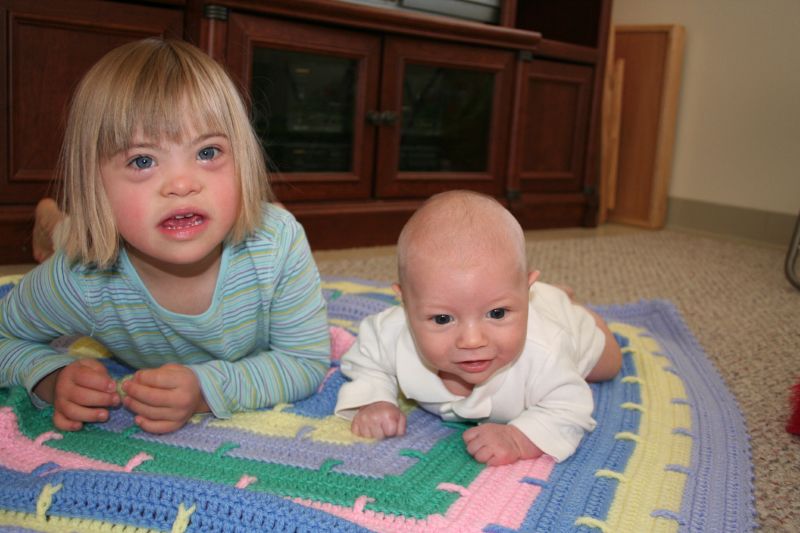
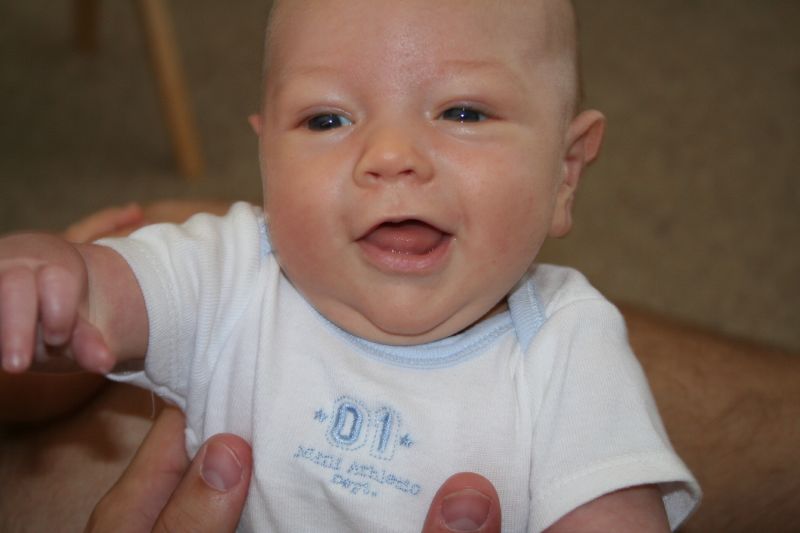
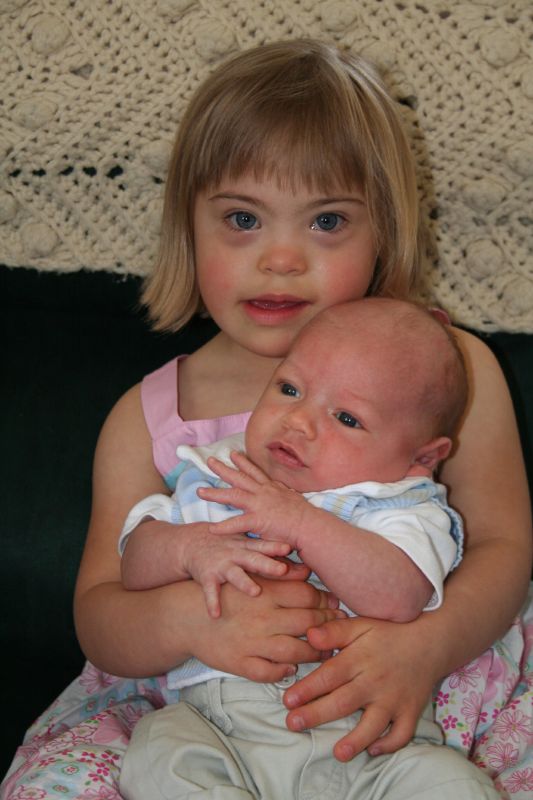
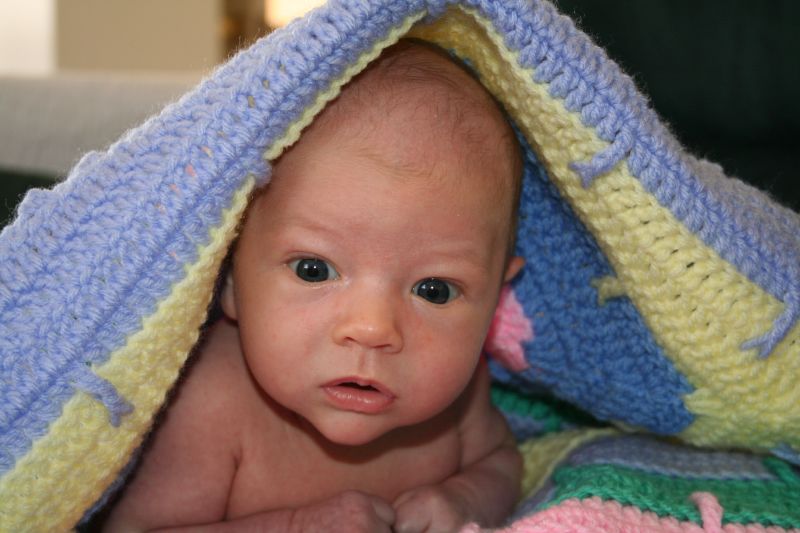
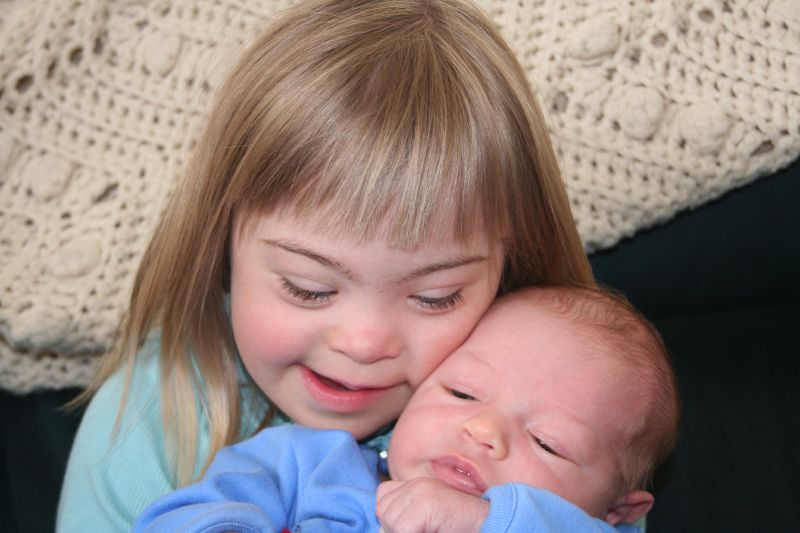
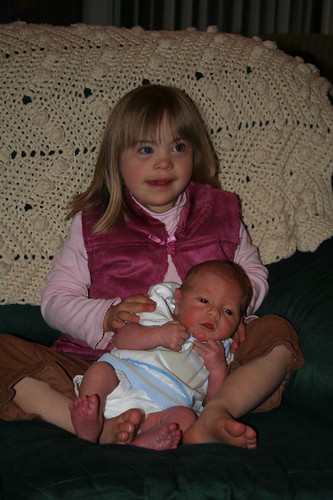
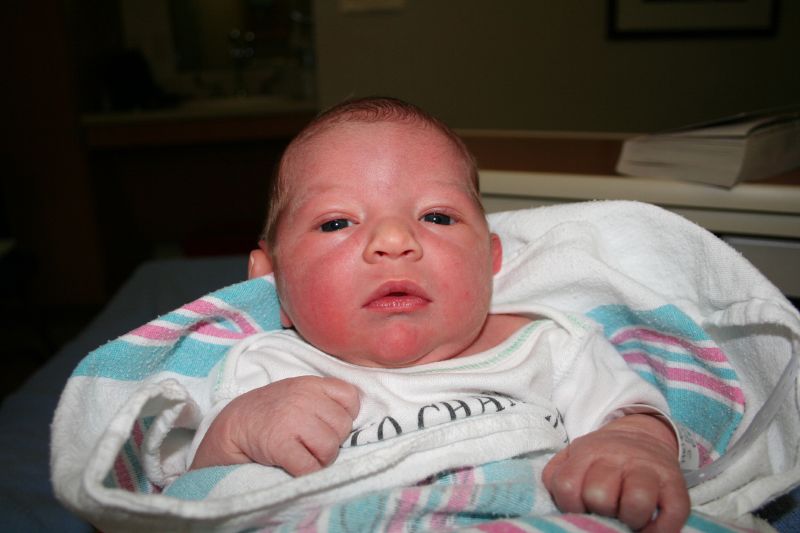

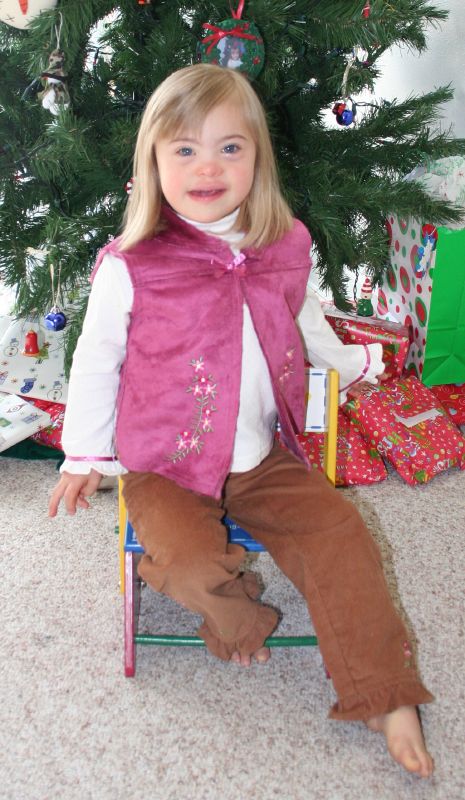
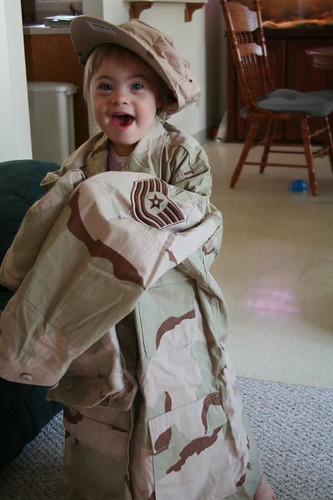
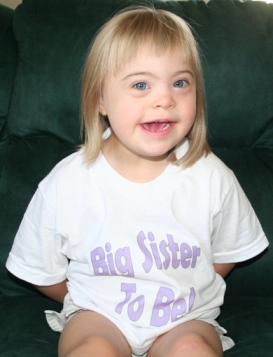
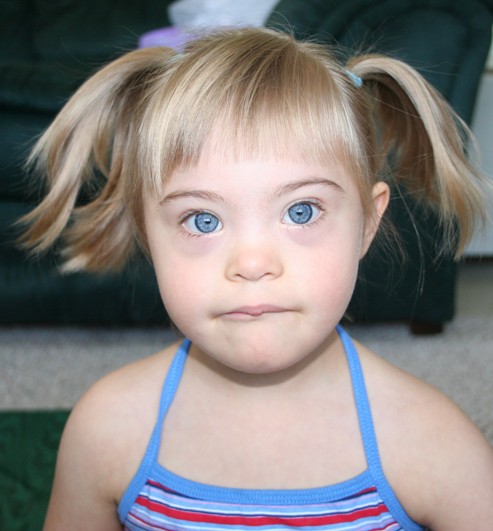
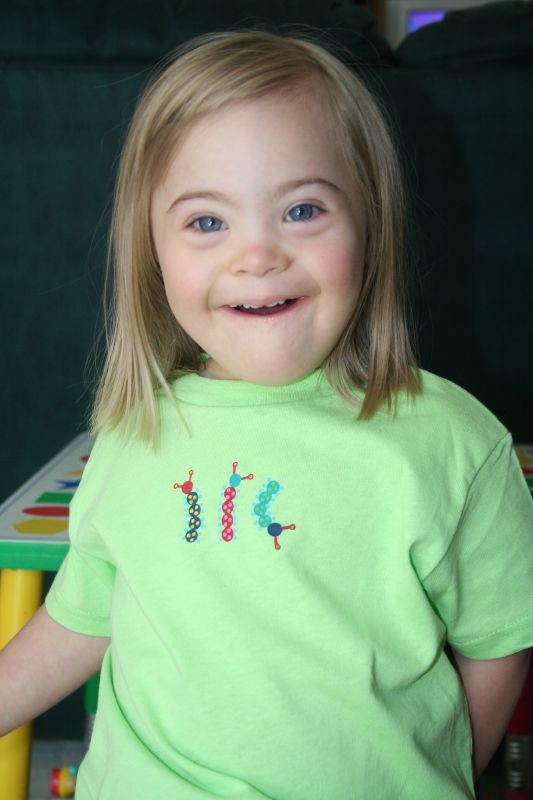
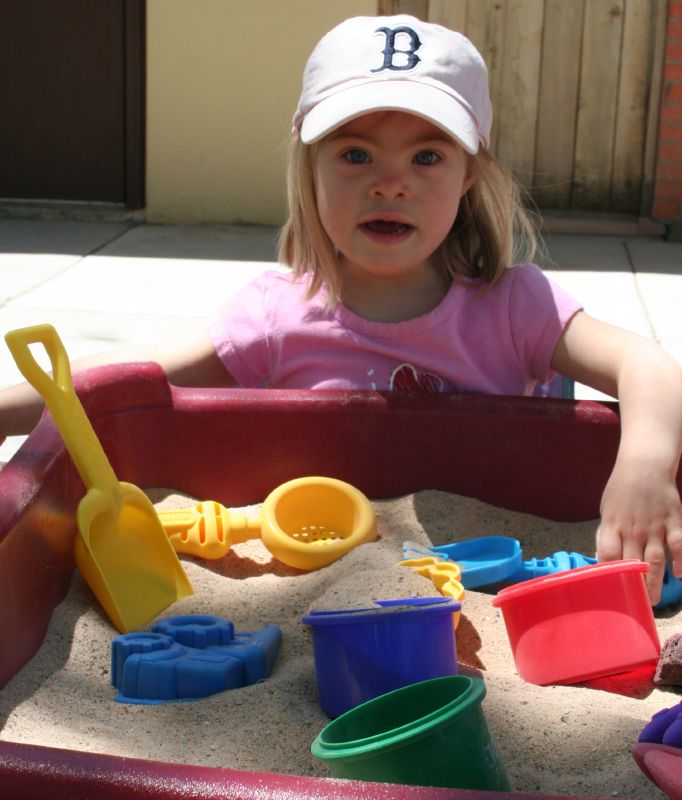
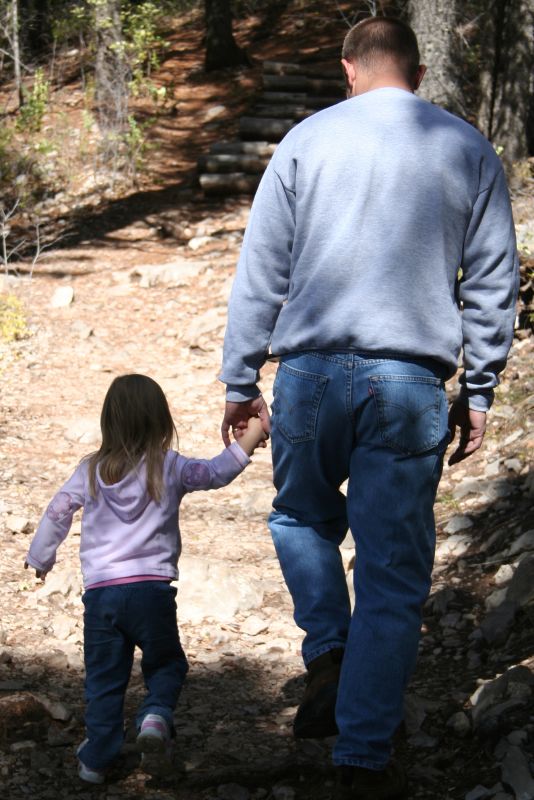

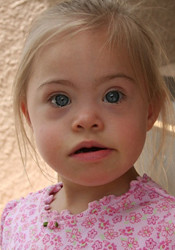
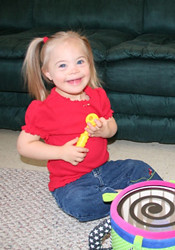




8 comments:
Michelle, I am sharing this explanation with everyone I know who has a child with Down Syndrome. So, about 4 people. But seriously I love how you explained it to Lucas. Awesome job.
Those are some great conversation points for young kids--heck even for adults! I love when you post your conversations with your kids. You're a great mom. :)
That's a great way to explain it! I recently had this talk with my granddaughter. She's 3 1/2 so I didn't go into as much detail, but she's beginning to notice something different about Auntie Beth. I like the idea of using your fingers... :)
What a great brother he is. Makes me smile. :)
God blessed you, Joe and especially Kayla with Lucas..I, too, enjoy your conversations with Lucas.. Lucas is wise beyond his years!! What a kid!! Including Kayla in homework and trying to make it work for her.. He is a GREAT BROTHER!! You did explain that very well!! and Yes, YOU ARE A GREAT MOM, THE BEST!! love mom
Wow, that's an awesome explanation!!! I may need to use this for Samantha one day, when she's ready. We talk about her having Down syndrome, but she has no idea what that actually means yet. This is great! Lucas is one cool dude. :-)
I love the way he immediately thought of modifications for the math sheet. It sounds like Lucas might have a future as a SE teacher or a scientist.
Excellent! Love that Lucas has the modifications all figured out - now if the grown ups would only play along. Maybe you can hire him out? :)
Post a Comment